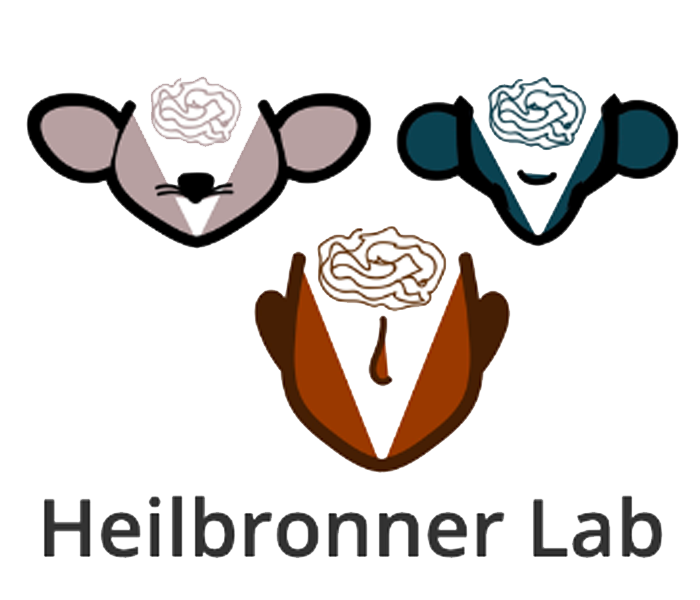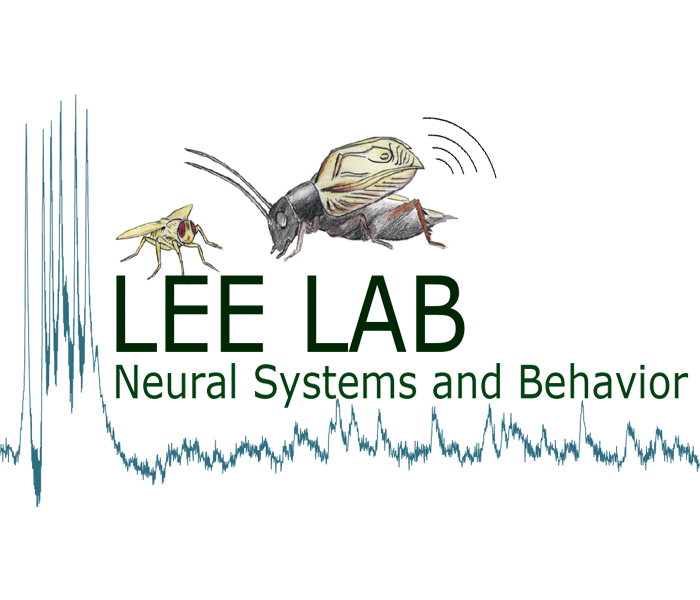My Research Experience

Heilbronner Lab and the posteromedial cortex!
My research focuses on the anatomical cortico-striatal connectivity of the posteromedial cortex (PMC) across species, specifically in macaques. The PMC, an essential but understudied brain region, has recently gained attention for its role in functional connectivity, particularly as a hub in the default mode network (DMN). In my study, I employ tract tracing and tractography techniques to better understand the PMC's connectivity and its relevance to various brain disorders such as Alzheimer's disease, ADHD, autism, depression, and schizophrenia. By examining the PMC in macaques, my research aims to bridge the gap between in vivo imaging and ex vivo tract-tracing, providing valuable insights into the human brain's mesoscale anatomy.

Lee Lab and DeepLabCut!
As a member of the Lee Lab, I took part in several research projects focused on the sensory mechanism of Ormia ochracea, a small parasitoid fly known for its exceptional ability to localize sound sources. Our research aimed to better understand the mechanisms underlying this ability and potentially apply this knowledge to develop novel auditory devices or systems. Our research methodologies included psychophysical experiments, field playback experiments, neural recordings, and biophysical measurements of both the flies and cricket's auditory periphery. We sought to gain a comprehensive understanding of the auditory system of Ormia ochracea and the related ecological interactions. During the course of our research, we utilized DeepLabCut, a deep learning-based animal pose estimation tool, to quantify the behavior of the flies and crickets. This technology allowed us to precisely track and analyze the movements and postures of our subjects, which proved invaluable in understanding their sensory mechanisms and behaviors. Our findings and progress were presented at the Undergraduate Summer Research Symposium at St. Olaf College, where we shared our insights with fellow researchers and received valuable feedback that helped to further refine our research direction and objectives.

Dill Macky Lab and loop-mediated isothermal amplification assay
I focused on investigating various pathogens affecting cereal plants, with a particular emphasis on Bacterial Leaf Streak, a disease affecting wheat and caused by the bacteria Xanthomonas translucens pv. undulosa. This disease can have a considerable impact on crop yield and quality, making it essential to develop strategies for its management. During my time at the lab, I executed loop-mediated isothermal amplification (LAMP) assays using DNA extractions from leaf tissues. This method enabled rapid and accurate identification of the presence of the pathogen in plant samples, providing valuable information for further research and potential management approaches. In addition, I measured and analyzed bacterial and fungal diseases affecting cereal plants using Duveiller's method (Duveiller, 1992). This technique allowed us to quantify the severity and impact of these diseases, helping to prioritize resources and develop targeted control measures. My research also involved studying different pathogens found in cereal plants, such as Fusarium Head Blight, Net Blotch, and Oat Smut. Understanding the complex relationships between these pathogens and their host plants is crucial for developing effective disease management strategies.